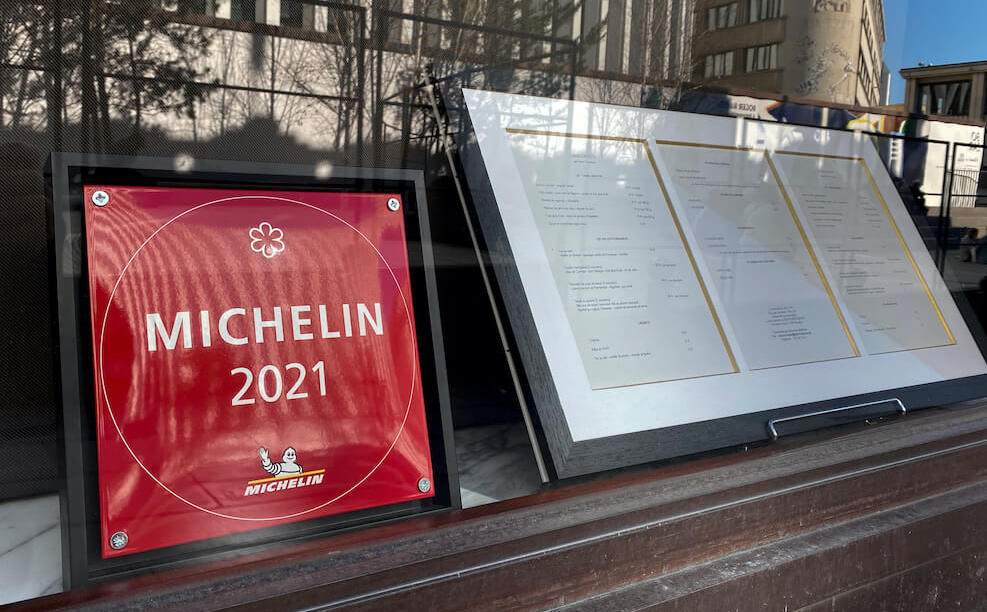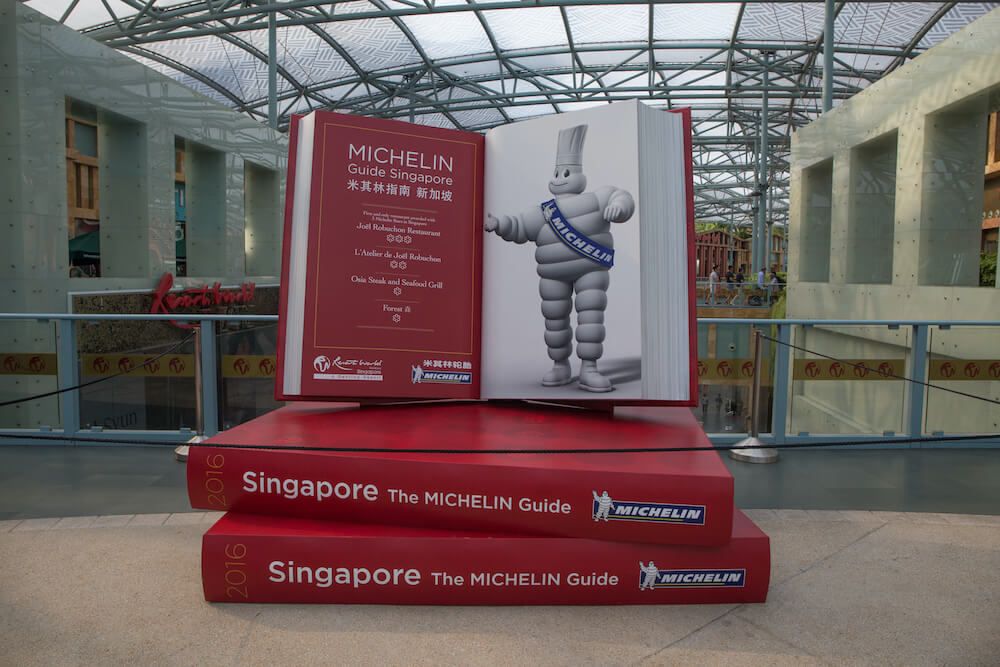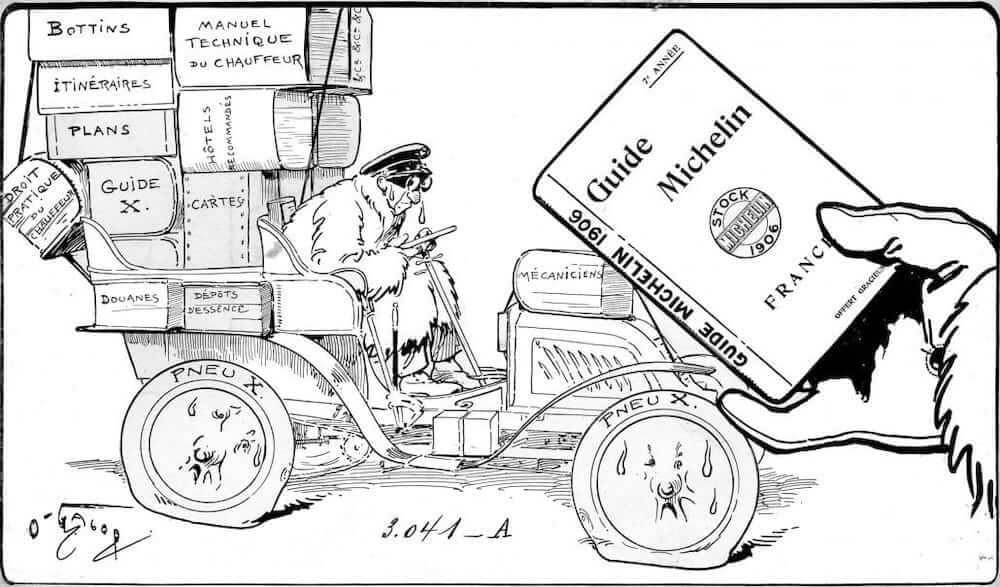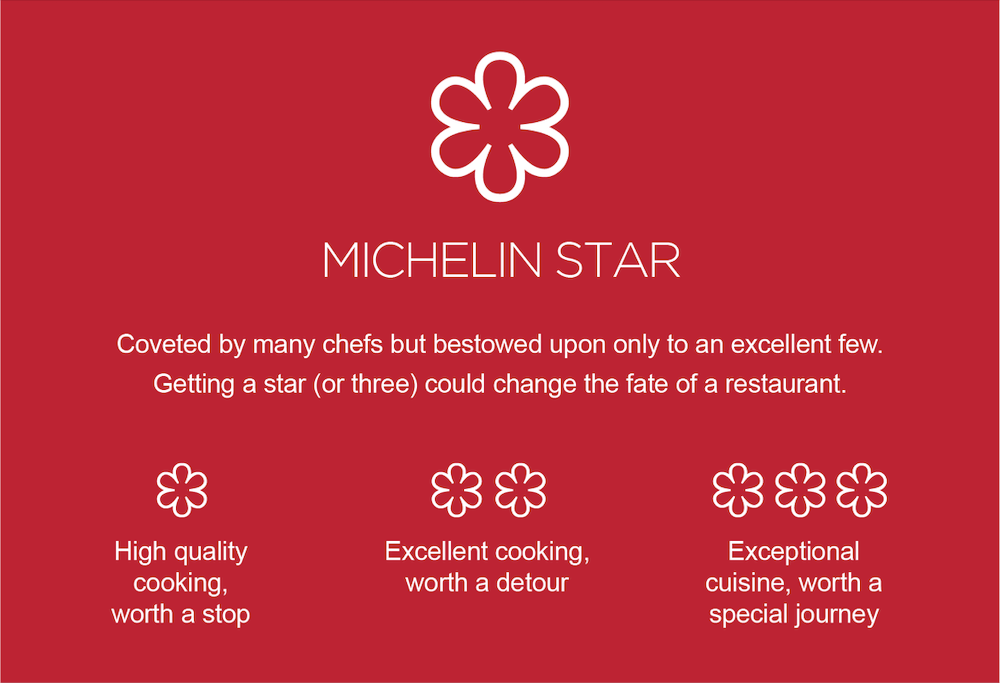Tires, stars, and snobbery: the Michelin guide explained
The Michelin guide is the Oscar of the culinary world. How did a booklet for French motorists end up becoming the most influential publication in the restaurant business?

History of the Michelin guide
Nowadays, the Michelin guide is something of a holy book for food and luxury connoisseurs. It awards the stars to restaurants that boast high prices, crisp linen tablecloths, rare ingredients, and well-stocked wine cellars. Dinner at a star-rated establishment could cost you up to $500—and usually comes in multiple courses served on delicate china.

Even the yearly publication itself looks imposing—it is a weighty thousand-page-long tome filled with cryptic symbols. However, the “little red book” started as something much more humble, created by a couple of French inventors.
You might think that Andre and Edouard Michelin were obsessive culinary devotees. They weren’t: all they had was an unsuccessful car tire business and a creative idea to boost sales.
In the late 1800s, most Frenchmen preferred to travel by bicycle. There were only about 3 000 cars in the whole country. To sell more tires, the Michelin brothers wanted to convince their countrymen to explore France by car.
In 1900, they published the first edition of their Guide—a booklet with helpful maps of the French countryside and locations of hotels and affordable cafes. It became quite popular, and soon Andre and Edouard started writing about other areas.

Since then, more than 30 million copies have been sold worldwide. The Michelin guide has transformed from an amateur-penned travel booklet into a well-researched publication with a set of strict rules, a complicated rating system, and a global army of secret inspectors.
Next up, we’ll discover: How does the Michelin rating system work? How does a restaurant receive or lose a star, and who decides on that? What happens after the star is given? Is the Michelin guide free of any controversies?
Stars and plates: inside the Michelin rating system
Let’s get a popular misconception out of the way—the Michelin guide does not award its stars to individual chefs. Instead, it gives them to restaurants, judging their inventiveness, service, quality of the ingredients, and cooking technique. The exact criteria remain a well-guarded secret.
True to its travel-guide roots, the Michelin guide doesn’t feature lengthy culinary reviews—every entry is short and to the point.

